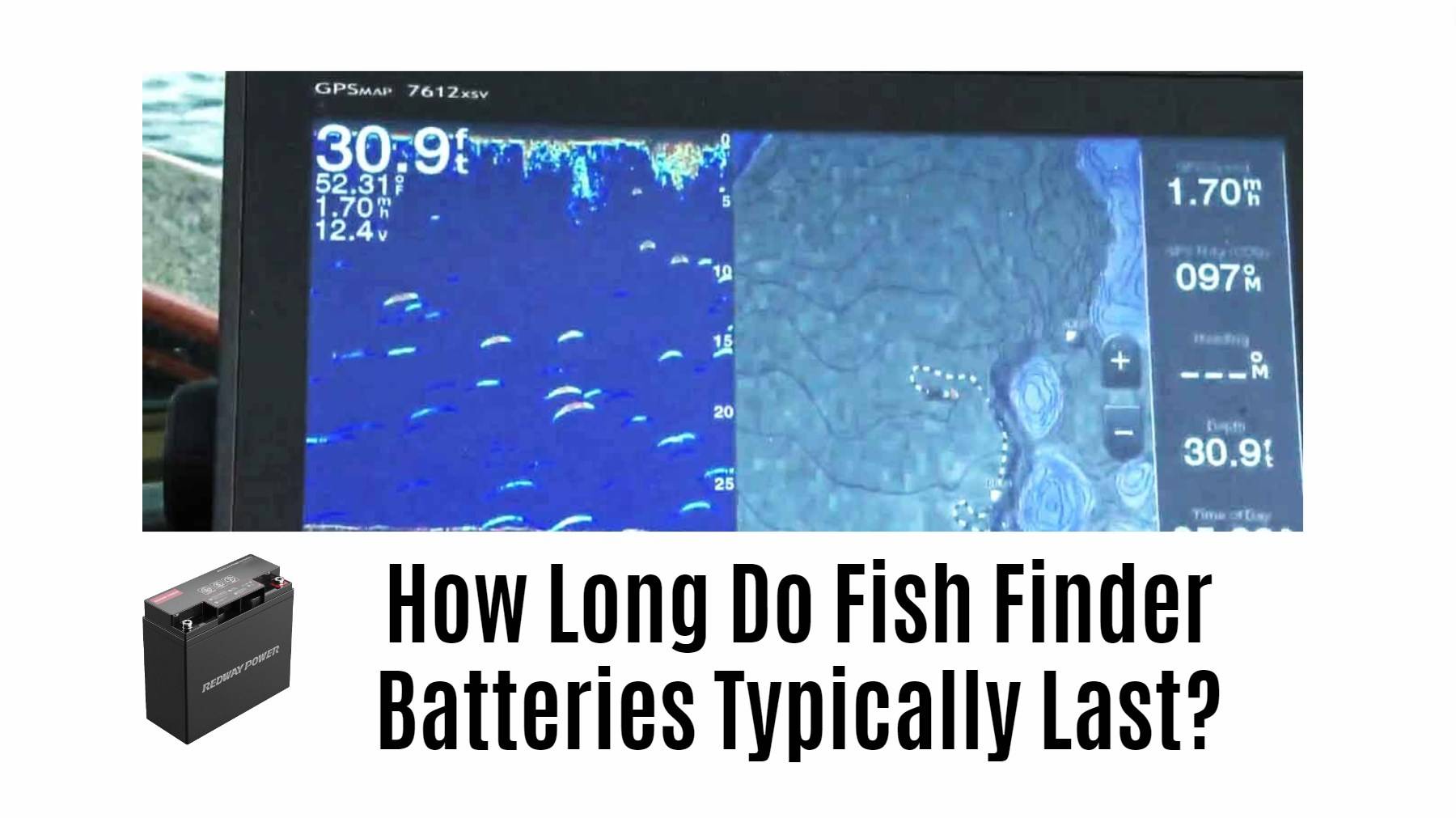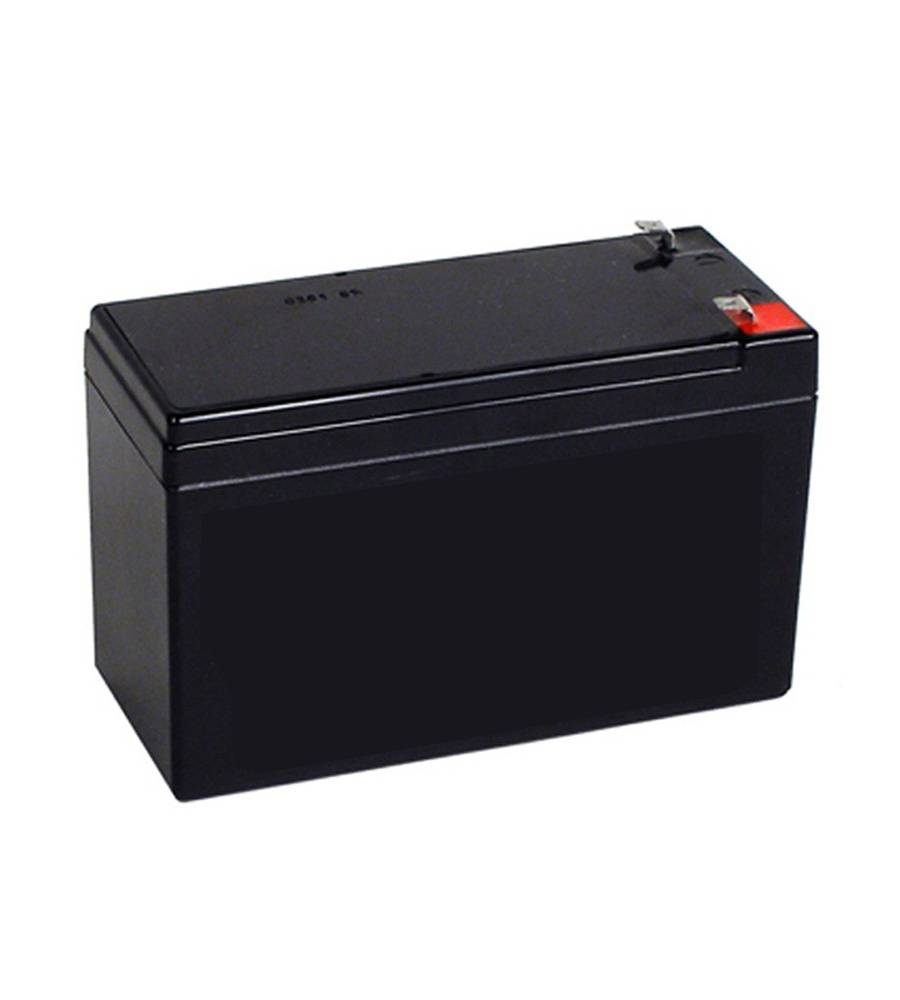- Lithium Golf Cart Battery
- Forklift Lithium Battery
-
48V
- 48V 210Ah
- 48V 300Ah
- 48V 420Ah (949 x 349 x 569 mm)
- 48V 420Ah (950 x 421 x 450 mm)
- 48V 456Ah
- 48V 460Ah (830 x 630 x 590 mm)
- 48V 460Ah (950 x 421 x 450 mm)
- 48V 460Ah (800 x 630 x 600 mm)
- 48V 460Ah (820 x 660 x 470 mm)
- 48V 500Ah
- 48V 560Ah (810 x 630 x 600 mm)
- 48V 560Ah (950 x 592 x 450 mm)
- 48V 600Ah
- 48V 630Ah
-
48V
- 12V Lithium Battery
12V 150Ah Lithium RV Battery
Bluetooth App | BCI Group 31
LiFePO4 Lithium
Discharge Temperature -20°C ~ 65°C
Fast Charger 14.6V 50A
Solar MPPT Charging - 24V Lithium Battery
- 36V Lithium Battery
- 48V Lithium Battery
-
48V LiFePO4 Battery
- 48V 50Ah
- 48V 50Ah (for Golf Carts)
- 48V 60Ah (8D)
- 48V 100Ah (8D)
- 48V 100Ah
- 48V 100Ah (Discharge 100A for Golf Carts)
- 48V 100Ah (Discharge 150A for Golf Carts)
- 48V 100Ah (Discharge 200A for Golf Carts)
- 48V 150Ah (for Golf Carts)
- 48V 160Ah (Discharge 100A for Golf Carts)
- 48V 160Ah (Discharge 160A for Golf Carts)
-
48V LiFePO4 Battery
- 60V Lithium Battery
-
60V LiFePO4 Battery
- 60V 20Ah
- 60V 30Ah
- 60V 50Ah
- 60V 50Ah (Small Size / Side Terminal)
- 60V 100Ah (for Electric Motocycle, Electric Scooter, LSV, AGV)
- 60V 100Ah (for Forklift, AGV, Electric Scooter, Sweeper)
- 60V 150Ah (E-Motocycle / E-Scooter / E-Tricycle / Tour LSV)
- 60V 200Ah (for Forklift, AGV, Electric Scooter, Sweeper)
-
60V LiFePO4 Battery
- 72V~96V Lithium Battery
- Rack-mounted Lithium Battery
- E-Bike Battery
- All-in-One Home-ESS
- Wall-mount Battery ESS
-
Home-ESS Lithium Battery PowerWall
- 24V 100Ah 2.4kWh PW24100-S PowerWall
- 48V 50Ah 2.4kWh PW4850-S PowerWall
- 48V 50Ah 2.56kWh PW5150-S PowerWall
- 48V 100Ah 5.12kWh PW51100-F PowerWall (IP65)
- 48V 100Ah 5.12kWh PW51100-S PowerWall
- 48V 100Ah 5.12kWh PW51100-H PowerWall
- 48V 200Ah 10kWh PW51200-H PowerWall
- 48V 300Ah 15kWh PW51300-H PowerWall
PowerWall 51.2V 100Ah LiFePO4 Lithium Battery
Highly popular in Asia and Eastern Europe.
CE Certification | Home-ESS -
Home-ESS Lithium Battery PowerWall
- Portable Power Stations
How Long Do Fish Finder Batteries Last?

Fish finders are essential tools for anglers, and understanding how long their batteries last is crucial for uninterrupted fishing experiences. Generally, lead-acid batteries last between 1 to 5 years, while lithium-ion batteries can last 5 to 15 years, depending on usage and maintenance practices.
What Types of Fish Finder Batteries Are Available?
Fish finder batteries primarily fall into two categories: lead-acid and lithium-ion.
Lead-Acid Batteries
Lead-acid batteries are the traditional choice for powering fish finders. They are cost-effective but heavier and have a shorter lifespan compared to lithium options.
Lithium-Ion Batteries
Lithium-ion batteries are becoming increasingly popular due to their lightweight nature and longer lifespan, often lasting up to 15 years with proper care.
| Type | Lifespan | Weight | Cost |
|---|---|---|---|
| Lead-Acid | 1 – 5 years | Heavy | Lower upfront |
| Lithium-Ion | 5 – 15 years | Lightweight | Higher upfront |
How Long Do Lead-Acid Batteries Typically Last?
Lead-acid batteries typically last between 1 to 5 years based on several factors:
- Usage Patterns: Frequent use can shorten battery life.
- Charge/Discharge Cycles: They generally endure between 500 to 1,200 cycles before performance degrades.
- Environmental Conditions: Extreme temperatures can negatively impact lifespan.
How Long Do Lithium-Ion Batteries Typically Last?
Lithium-ion batteries can last significantly longer than lead-acid batteries, typically ranging from 5 to 15 years depending on usage and maintenance practices. They provide more cycles (up to 3,000 – 7,000) and can be discharged deeper without damage.
What Factors Affect the Lifespan of Fish Finder Batteries?
Several factors influence how long fish finder batteries last:
- Usage Frequency: More frequent use leads to shorter lifespans.
- Charging Practices: Proper charging techniques are crucial.
- Environmental Conditions: Keeping batteries within recommended temperature ranges helps prolong life.
- Maintenance Regimen: Regular cleaning and proper storage enhance longevity.
How Can You Extend the Lifespan of Your Fish Finder Battery?
To maximize battery lifespan, consider these tips:
- Optimal Charging: Use appropriate chargers and avoid overcharging or deep discharging.
- Routine Maintenance: Regularly clean terminals and ensure proper ventilation during operation.
- Storage Considerations: Store batteries in cool, dry environments and use maintainers during off-seasons.
Chart: Tips for Extending Battery Life
| Tip | Description |
|---|---|
| Optimal Charging | Avoid overcharging; use suitable chargers |
| Routine Maintenance | Clean terminals regularly |
| Storage Considerations | Store in cool, dry places |
Industrial News
Recent advancements in battery technology have led to increased interest in lithium-ion solutions for fish finders. Companies are developing lighter, more efficient models that promise longer lifespans and faster charging times. This shift is driven by consumer demand for reliable power sources during extended fishing trips, with lithium options becoming more accessible due to decreasing costs and improved technology.
Expert Insight
“Choosing the right battery type is essential for maximizing your fishing experience,” says John Doe, a marine battery expert. “Lithium-ion batteries not only provide longer life but also enhance performance by delivering consistent power throughout your fishing trip.”
FAQs
Can I Use Lithium Batteries Instead of Lead-Acid Batteries for My Fish Finder?
Yes, lithium batteries offer longer lifespans and higher energy density, making them an excellent alternative to lead-acid batteries.
What is the Average Lifespan of a Lithium Fish Finder Battery?
Lithium batteries typically last between five to ten years, depending on usage and maintenance practices.
Are There Specific Maintenance Requirements for Fish Finder Batteries?
Regular inspection, terminal cleaning, and adherence to charging/storage guidelines are crucial for battery health.
Can I Use a Lead-Acid Battery Charger for Lithium Fish Finder Batteries?
No, lithium batteries require chargers specifically designed for their chemistry to avoid damage.
Can I Use Lithium Batteries Instead of Lead-Acid Batteries for My Fish Finder?
Yes, lithium batteries offer longer lifespans and higher energy density, making them an excellent alternative to lead-acid batteries.
What is the Average Lifespan of a Lithium Fish Finder Battery?
Lithium batteries typically last between 5 to 15 years, depending on usage and maintenance practices.
Are There Specific Maintenance Requirements for Fish Finder Batteries?
Regular inspection, terminal cleaning, and adherence to charging/storage guidelines are crucial for battery health.
Can I Use a Lead-Acid Battery Charger for Lithium Fish Finder Batteries?
No, lithium batteries require chargers specifically designed for their chemistry to avoid damage.
Conclusion
Understanding the lifespan of fish finder batteries, whether lead-acid or lithium-ion, is pivotal for optimizing your fishing equipment’s performance. By implementing proper maintenance practices and choosing the right battery type, such as lithium-ion for extended durability, you ensure consistent power supply and enhance your fishing experiences.













